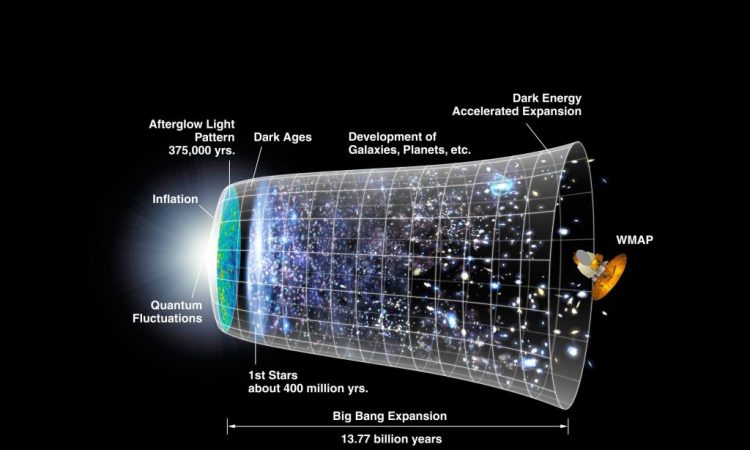
According to a new theory the universe had no beginning, it would have always existed and the Big Bang would only be an evolution of this universe
We have always been accustomed to the idea that the Big Bang corresponds, in a temporal sense. But what if this wasn’t the case? If the universe had always existed if there were no beginning, but only an evolution called the Big Bang, how would you react? According to a study conducted by the physicist Bruno Bento from the University of Liverpool, the universe had no beginning, but is believed to have always existed and only recently evolved into what we have always called the Big Bang.
Advertisement
What if the beginning of the universe didn’t correspond to the Big Bang?
From the quantum gravity we already talked to you about it. This is perhaps the most frustrating problem facing modern physics. In practice we are faced with two extraordinarily effective theories of the universe: quantum physics. The first describes three of the four fundamental forces of nature (electromagnetism, weak nuclear force and strong nuclear force), if we talk about microscopic quantities. With general relativityinstead, we have the most complete one ever conceived.
Despite its strengths, however, the theory of general relativity is incomplete. Or rather, it is incompatible with quantum mechanics. In at least two places: and at the beginning of the universe. These regions are called “singularity”points in space-time where our laws of physics do not hold. They crumble, because gravity becomes incredibly strong there. To solve the mysteries of singularities, physicists need one microscopic description of strong gravityalso called (string theory and loop quantum gravity are just an example).
Causal set theory
In all current, space and time are continuous. They form a kind of smooth fabric that underlies our daily reality. In such a spacetime, two points can be as close to each other as possible, and two events can occur as close in time to each other as possible.
With a different approach, however, which Professor Bento calls “causal set theory”we can re-imagine space-time as a series of parts, or space-time atoms. Such a theory would place strict limits on how close two events can be in space and time, since they cannot be closer than the size of this atom.
Let’s take an example: the screen through which you are reading this article is fluid, compact, readable in short. But if you try to get close to the display with a magnifying glass, you would find that there are a lot of pixels dividing the space on the screen and that it would be impossible to bring two images on the screen closer to a single pixel. But what does all this mean in simple terms?
The beginning of time
In causal set theory it grows one space-time atom at a timecausing the set of points in space-time to become increasingly larger. This approach allows us to clearly eliminate the problem of the Big Bang singularity, because according to this theory singularities could not exist. It is impossible, in fact, for matter to be compressed into points smaller than a space-time atom. According to Bento, therefore, there would not be a Big Bang at the beginning of the universe, since something infinite would exist in the past. The universe, in short, would always have existed. The Big Bang would be nothing more than an evolution of this causal set of points, not a real beginning.
Read more:

